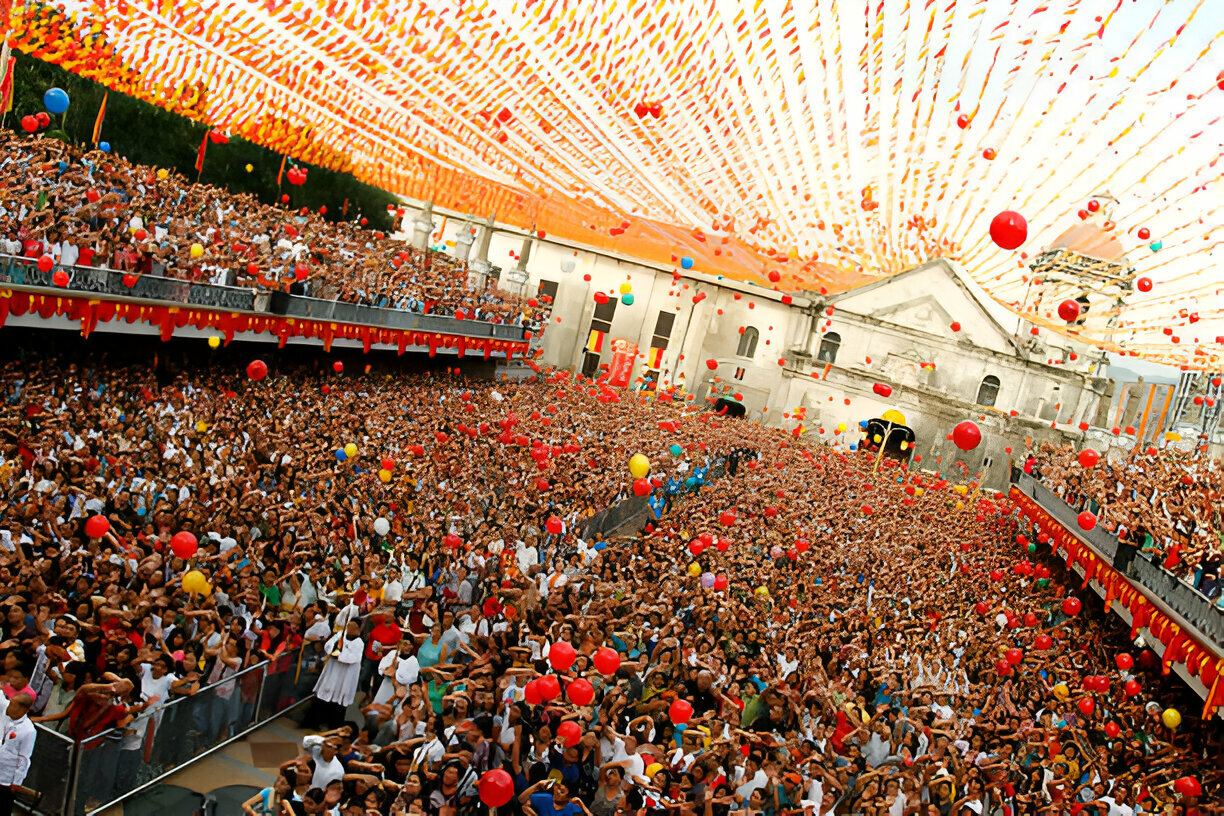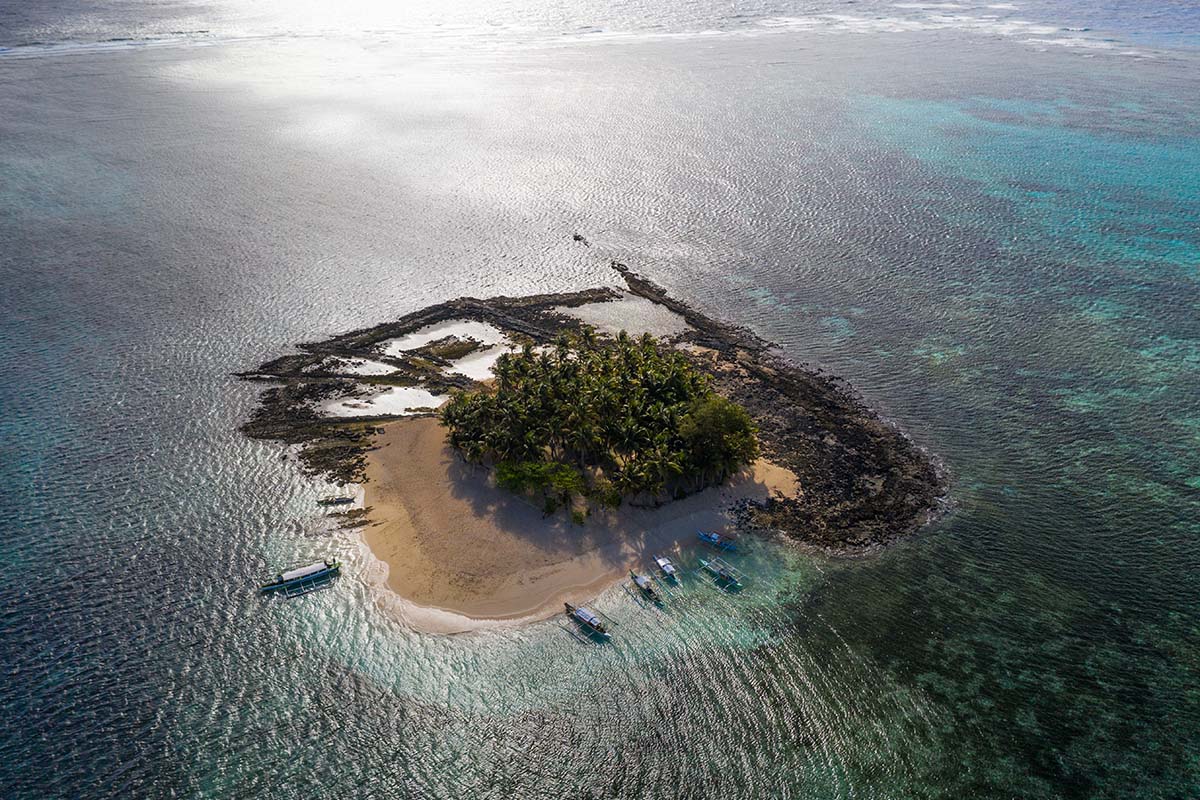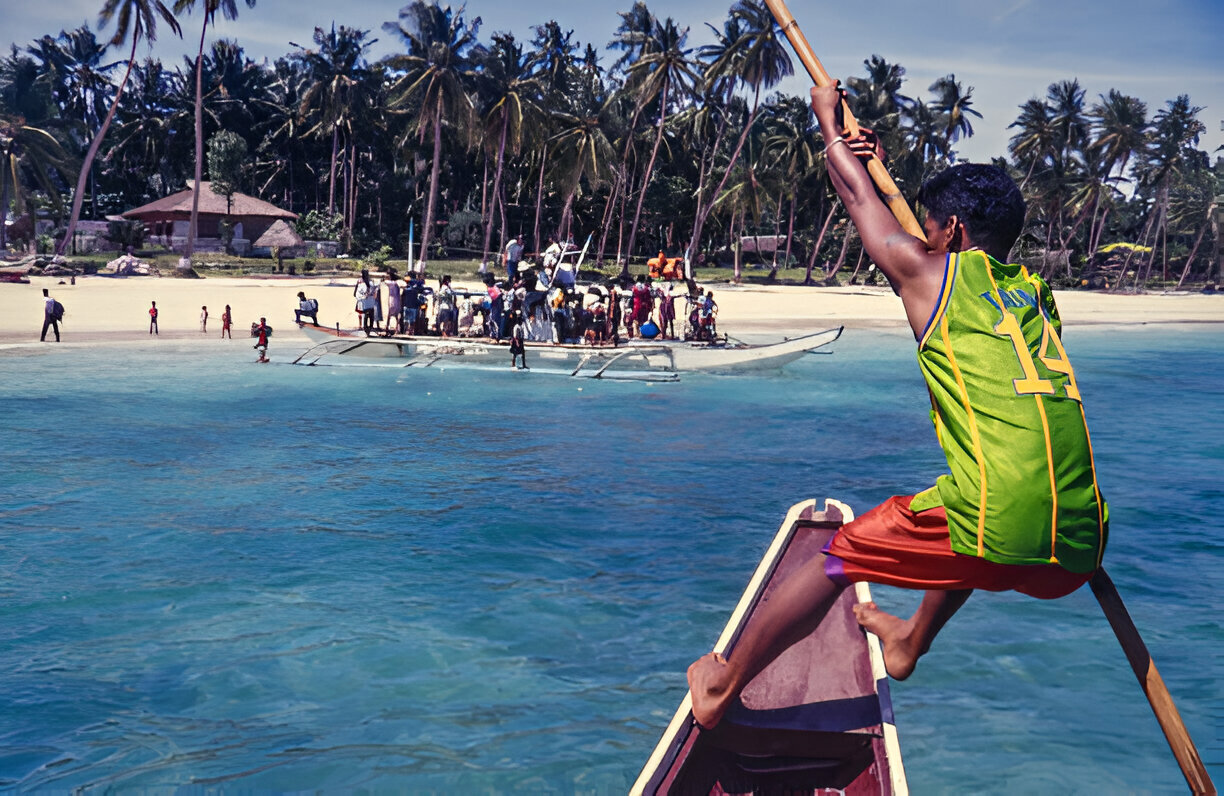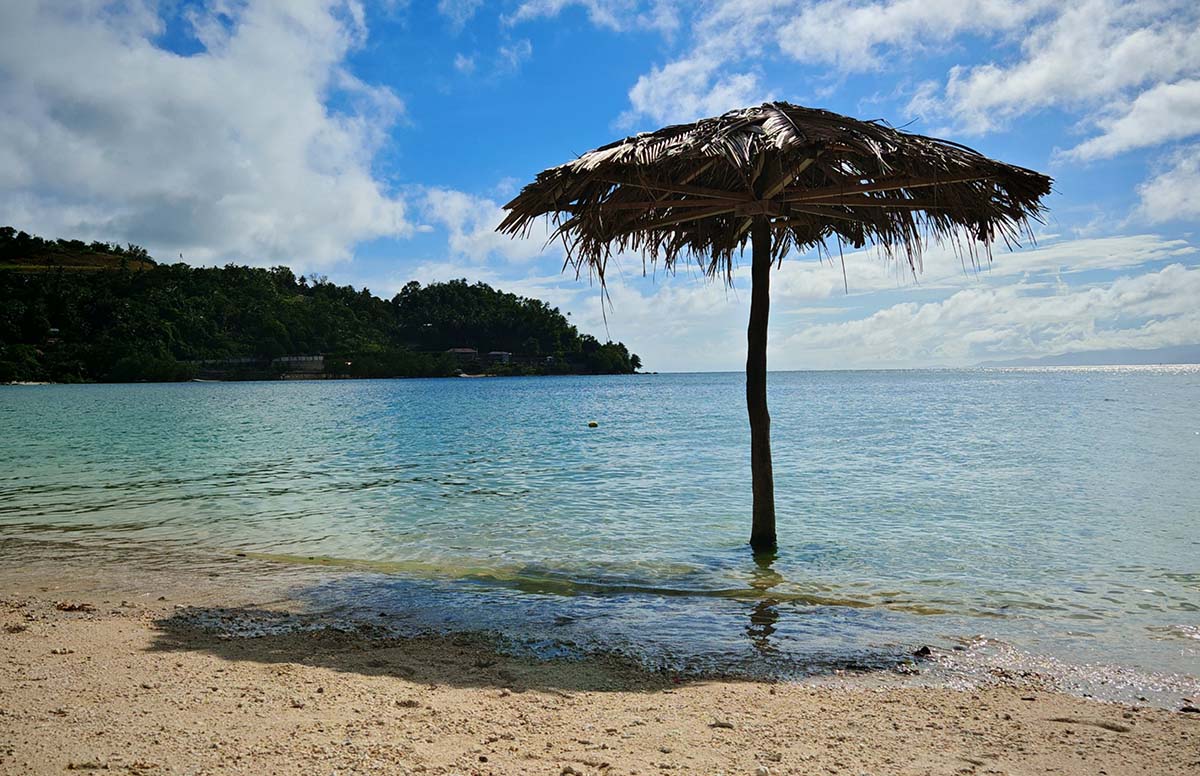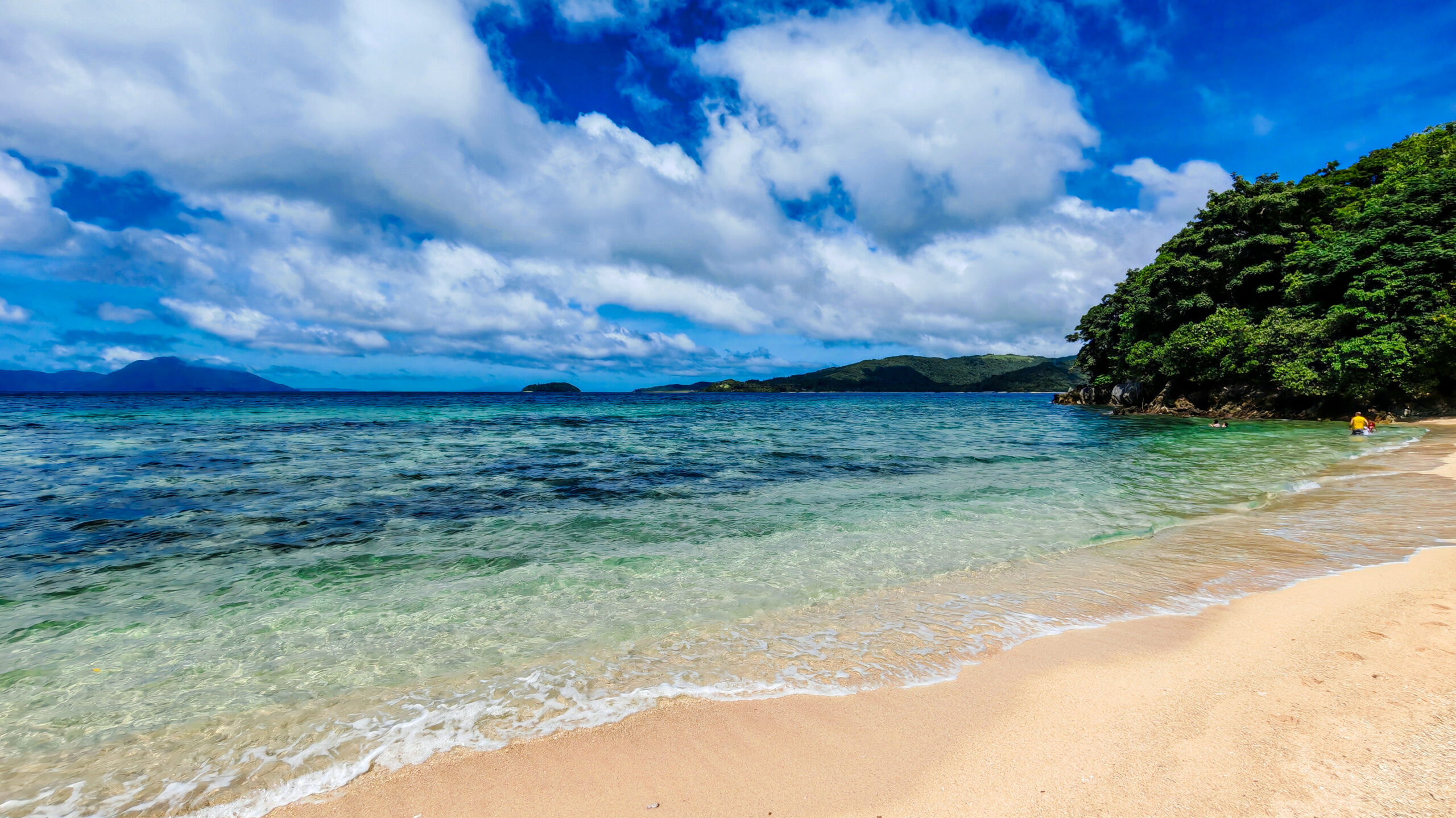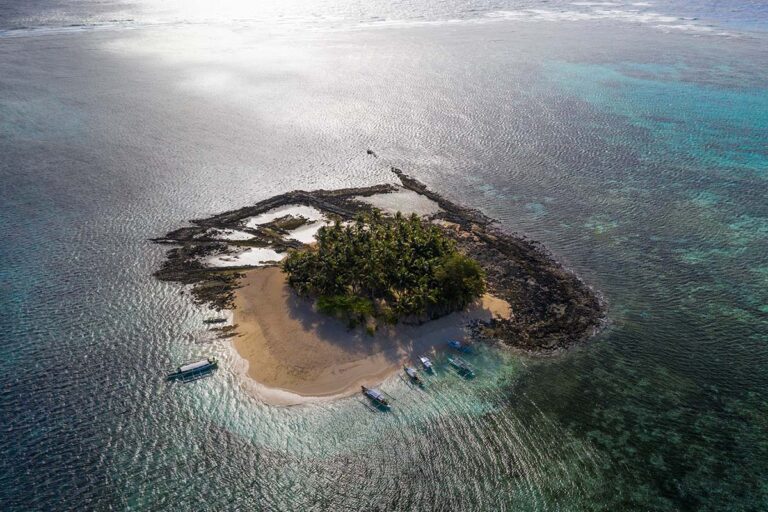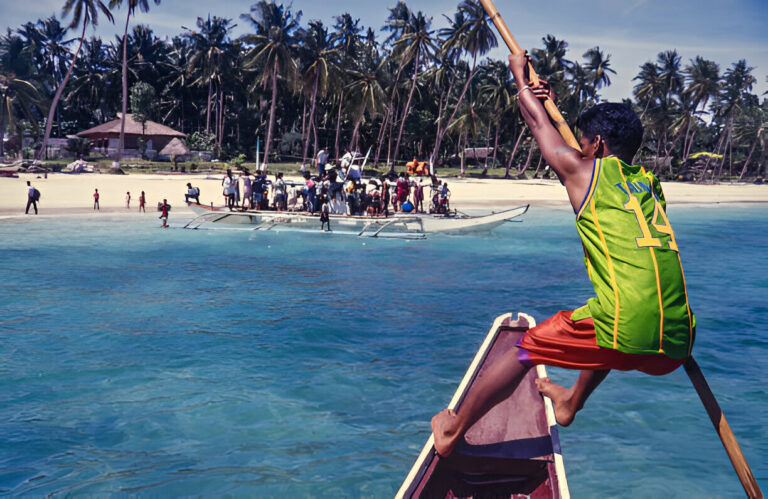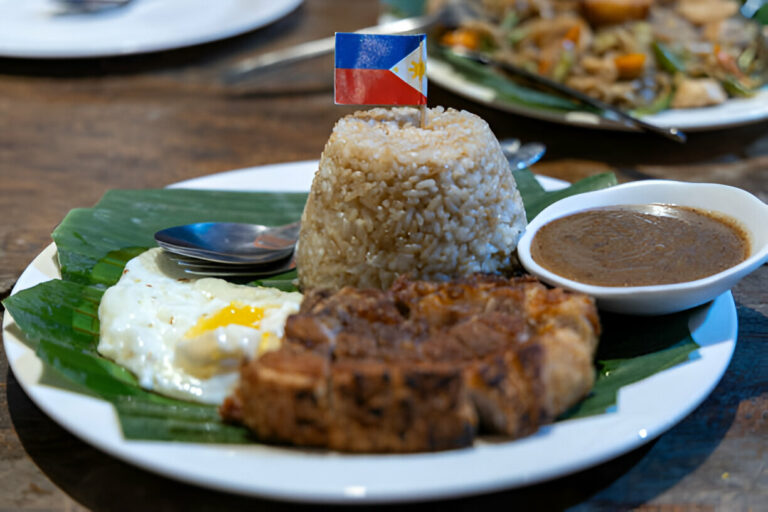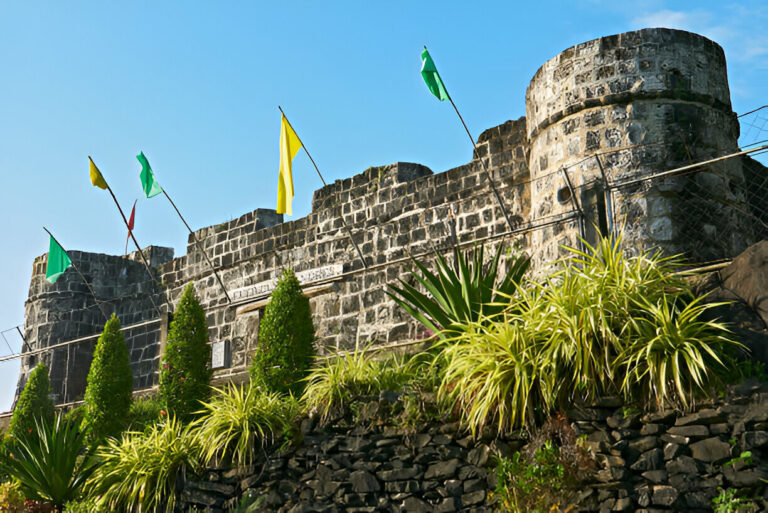You’ve probably already heard about the magical island of Romblon, but what about the history of this tiny island in MIMAROPA?
Romblon is more than just pristine beaches and diving spots. Its history has all the twists and turns of your favorite teleserye. So, grab your metaphorical snorkel as we dive into Romblon’s past.
Why Is It Called Romblon?
Knowing the etymology of a place gives you a clue of what the place used to be or what is known for.
The word “Romblon” may have come from the Visayan word “domblon,” which means sitting.
According to legends, the first Spaniards who visited the island were hungry and asked a local woman for food. The woman, confused as the visitors were looking at the chicken, thought they were asking what it was doing. She replied “nagalumyon” which means the chicken is sitting on its eggs. Since then the Spaniards used it to refer to the place until the word evolved years later.
Miguel de Loarca, a Spanish chronicler, mentioned that the names of the islands were “lomlom” and “donblon” in his book Relacion de las Islas Filipinas which was published in 1582.
Some local historians, like Roland Madeja, claim that Romblon got its name from the screw-like shape of the island. The Spanish word “ronblon,” which means screw sounds similar to the island’s name.
Evelyn Reyes, another historian, said that the name Romblon may have come from the word “doubloon,” the Spanish coin used by Moro pirates at that time when they paid dowries for their would-be brides. The word doublon is also said to refer to the similarity between the island’s shape and that of the Spanish coin.
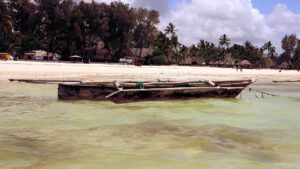
Pre-Colonial Vibes of Early Inhabitants
Let’s rewind waaay back.
Mangyans from Mindoro and Negritos (or Ati) from Panay were the first early inhabitants of the island of Romblon. According to oral traditions, the Ati sailed to the islands from Panay when their leaders, King Marikudo and Queen Maniwantiwan sold Panay lowlands to Bornean “datus” or chieftains.
In 1936, ancient wood coffins were discovered in the Guyangan Cave System on Banton Island, Romblon. The items recovered from the site suggest that there was a thriving and complex civilization on the island even before the Spaniards came to the country.
Life on the Island During Spanish Colonization
The Spaniards first came to Romblon in 1569. They were led by conquistador Martin de Goti who was tasked to explore the Western and Northern Visayas. Later in 1582, de Loarca arrived and conducted the first known census on Romblon Island.
In 1635, the island received the first Augustinian Recollect Missionaries who established Catholic missions and settlements in Romblon.But life wasn’t all siestas and fiestas—Dutch invaders wrecked the capital in 1646, and Moro pirates kept raiding. Solution? Build epic forts!
Check out the twin forts of Fort San Andres in Romblon town and Fort San Jose in Banton— still standing (and very Instagrammable).
Oh, and fun fact: according to mimaropa.neda.gov.ph, Romblon became a Politico-Military Comandancia or a sub-province of Capiz from 1853 to 1898, which most people don’t realize.
Beginning in the 1870s the island saw an influx of Hiligaynon, Bicolano, Aklanon, and Tagalog migrants.

Romblon During the Philippine Revolution
Romblon also played a part during the Philippine Revolution against the Spaniards. Gen. Mariano Riego De Dio of the Katipunan liberated the town of Romblon on July 25, 1898. The newly appointed governor, Don Wenceslao Molo, collected P22,765.21 for war expenditures.
However, the newly formed Philippine Republic was short-lived as the country went under American rule in the next few years.
American Occupation
The United States won against the Philippines in a war that dragged on from 1899 to 1902.
On March 16, 1901, the Americans established a civilian government in Romblon and proclaimed it as a province. However, in 1907 it was designated as a sub-province because of its lack of income and that status remained until 1918.
By 1940, it settled into four towns… which eventually split into the 17 municipalities you see today.
World War II Era
WWII hit hard. Japanese forces occupied Romblon in 1942, but locals fought back with guerrilla leader Col. Macario Peralta. Meanwhile, the Battle of Sibuyan Sea (1944) became one of history’s biggest naval clashes—imagine “Pearl Harbor” meets “Titanic” but in Romblon’s backyard.
The naval confrontation killed 16,043 soldiers and 7,270 sailors from the U.S., while the Japanese suffered an estimated 419,912 deaths. It is one of the turning points of the war that led to the United States’ victory in the Pacific.
By March 18, 1944, Romblon was liberated from its Japanese captors.
Post-War Era & Restoration as a Province
On July 4, 1946, the Philippines gained independence after the United States relinquished sovereignty over the country.
Later, a resolution abolishing the four special municipalities of Romblon was passed in Congress. In the next few decades, Romblon saw the establishment of new municipalities such as Alcantara, Calatrava, Ferrol, and Santa Maria.
In 1972 during the reign of President Ferdinand Marcos, Romblon was transferred from the Western Visayas Region into the Southern Tagalog Region (Region IV).
Fast-forward to 2002, the Southern Tagalog Region was divided into Calabarzon (Region IV-A) and Mimaropa (IV-B) upon the issuance of President Gloria Arroyo’s Executive Order No. 103. Romblon was placed in the latter region which came to be known as the Southwestern Tagalog Region.
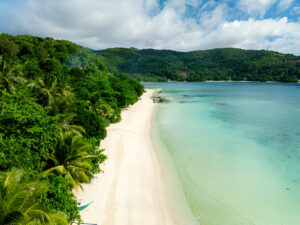
Romblon Today
Today, Romblon’s a laid-back paradise. It is a thriving province with more than three hundred thousand people.
Romblon’s unique location makes it a trade link between Luzon and the Visayas. Many of its inhabitants are fishermen and farmers. It also has a robust traditional weaving and handicraft industry.
The province is primarily known for its production of marble especially in the areas of Tablas, Cobrador, and Alad. The province also has large deposits of other key minerals such as copper, silver, zinc, quartz, nickel, and limestone.
Sibuyan Island earned the nickname “the Galapagos of Asia” thanks to its crazy biodiversity. Think: rare flowers, unique wildlife, and forests so pristine, it’s a must-visit for nature lovers.
Romblon, as a province, also has amazing mountain ranges, pristine beaches, and magnificent diving spots. The region also has several old churches and fortifications that date back to the Spanish occupation era.
Pro traveler hack: Romblon’s three main islands (Tablas, Sibuyan, Romblon) are all worth exploring. Rent a scooter, chat with locals, and dive into crystal-clear waters.
How to Get to Romblon
To get here, you can ride a plane from Manila to Tablas Airport. From there you can ride a ferry boat to the different islands in the province.
There’s also a ferry (RORO) you can ride in Batangas pier that will take you to Romblon. The travel time is usually eight hours.
Visit Romblon This Year
Romblon is a place rich both in history and nature. It’s also a few hours away from the Philippine capital of Manila. So, grab your flip-flops and let Romblon surprise you with its wonderful vibes and people.

